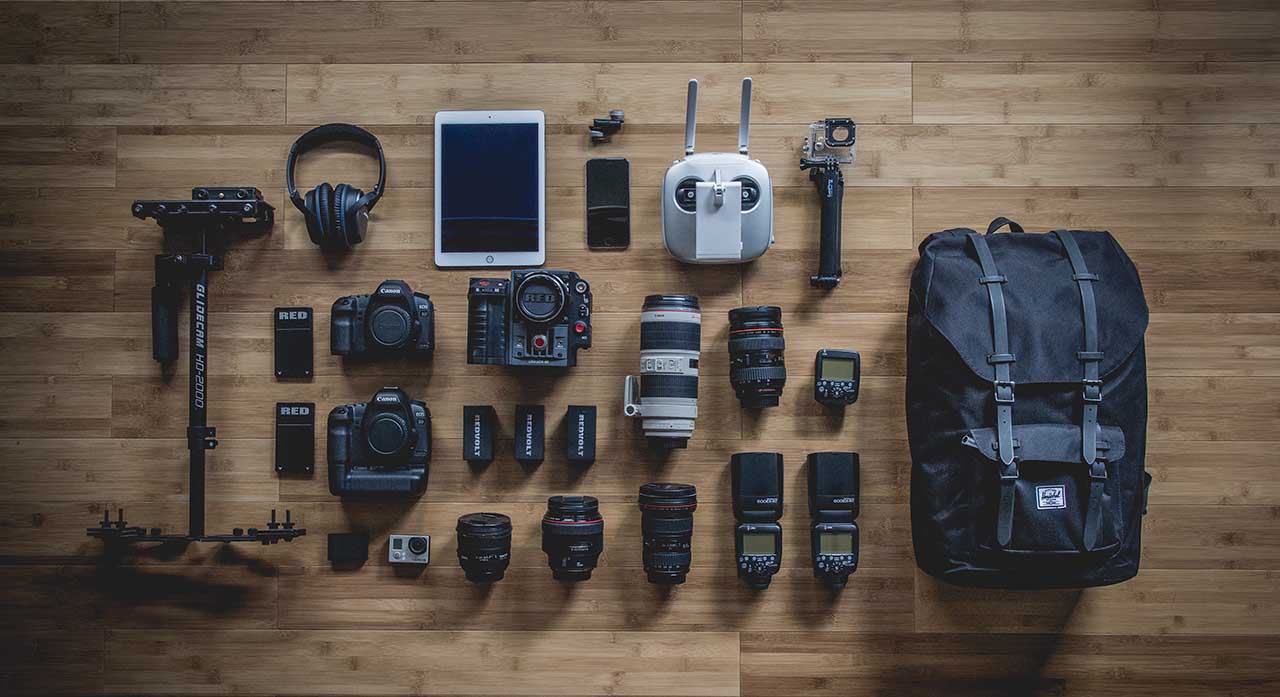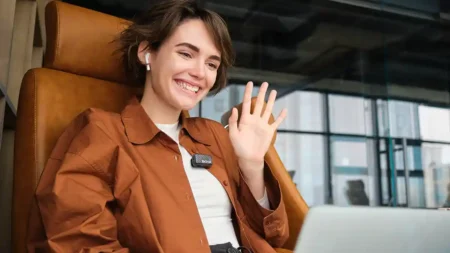Flash is one of those subjects that intimidates, confounds, befuddles and bemuses many photographers. Most of us get the concept of flash photography and know what to expect when you enable the pop-up flash on your camera. But taking a flashgun off-camera is often uncharted waters.
What is off-camera flash?
Off-camera flash, quite literally, means taking your flashgun from the hotshoe on your camera and firing it from another position to introduce a new angle of light to a scene. Off-camera flash is also often referred to as strobism.
Why use an off-camera flash?
This is what we want to explain. Demystify, even. If you’re new to photography or even if you’ve been taking pictures for a while, you might have questions about how off-camera flash works.
To help you along we addressed some of the most common questions we hear, jargon-free and without judgment!
Where to aim off-camera flash?
When you take your flashgun off the camera and have the freedom to place it anywhere in the room – or wherever you may be shooting – you’re giving yourself a whole new world of creative possibilities.
We could stop writing news and reviews on this blog and each day simply publish a new study in lighting effects by using your off-camera flash from a different location. That’s how many creative possibilities we’re talking about.
But we like writing news and reviews so, in general, taking your flash off-camera gives you control over the direction and distance of light. And it’s this combination that can produce radically varied effects as the light hits your subject in different ways.
Outside of the studio, many photographers use off-camera flash on location in order to boost ambient light or direct it in a way that allows you to capture more detail or drama within a scene.
Portrait photographers use off-camera flash quite a bit on location to, for instance, underexpose a bright sky in the background and add light to a subject’s face in the foreground.
SEE MORE: How to freeze motion with flash in photography
What you need for off-camera flash to work
To get started using off-camera flash you need (in addition to your SLR or CSC) a separate flashgun (as in not your camera’s built-in pop-up flash) and a way to trigger it remotely.
Many cameras these days offer built-in wireless flash triggering functionality, but you can also use a cabled trigger or a separate flash trigger and receiver to get all of your gear communicating.
There are a lot of flash triggers on the market these days, and you can spend as much or as little as you like on them. It’s tempting to go for the cheapest option, but as a general rule, the more you pay the greater control you’ll have over the process.
Some of the more expensive models allow you to group together legions of flashguns, but these will probably be only of use to photographers planning complex shoots.
How to set up off-camera flash
This is probably the question we hear most often. And, really, trial and error is our best suggestion here. Because camera settings vary from scene to scene and by what effect you want to achieve, we can’t tell you exactly what to dial in each time.
But we understand that generally what you’re looking to do is underexpose the scene slightly and allow the off-camera flashgun to illuminate your subject or background.
With this guiding principle, start experimenting with your shutter speed, the power settings on your flash and the distance you place it from your subject.
Every photographer does this, no matter how experienced, and very quickly you’ll find that sweet spot in the combination of settings.
Also, start simple. If you want to learn how to set up off-camera flash and find the best settings, do it at home. Set up a simple still life on your table. You have total control over the conditions here.
Likewise the images don’t matter and you can find the combinations that work best for the effects you want to achieve.
Once you gain some confidence, try moving on to portraiture and other challenging subjects.
READ MORE
25 portrait photography tips for stunning pictures of people
What flash for macro photography offers the best overall lighting?



